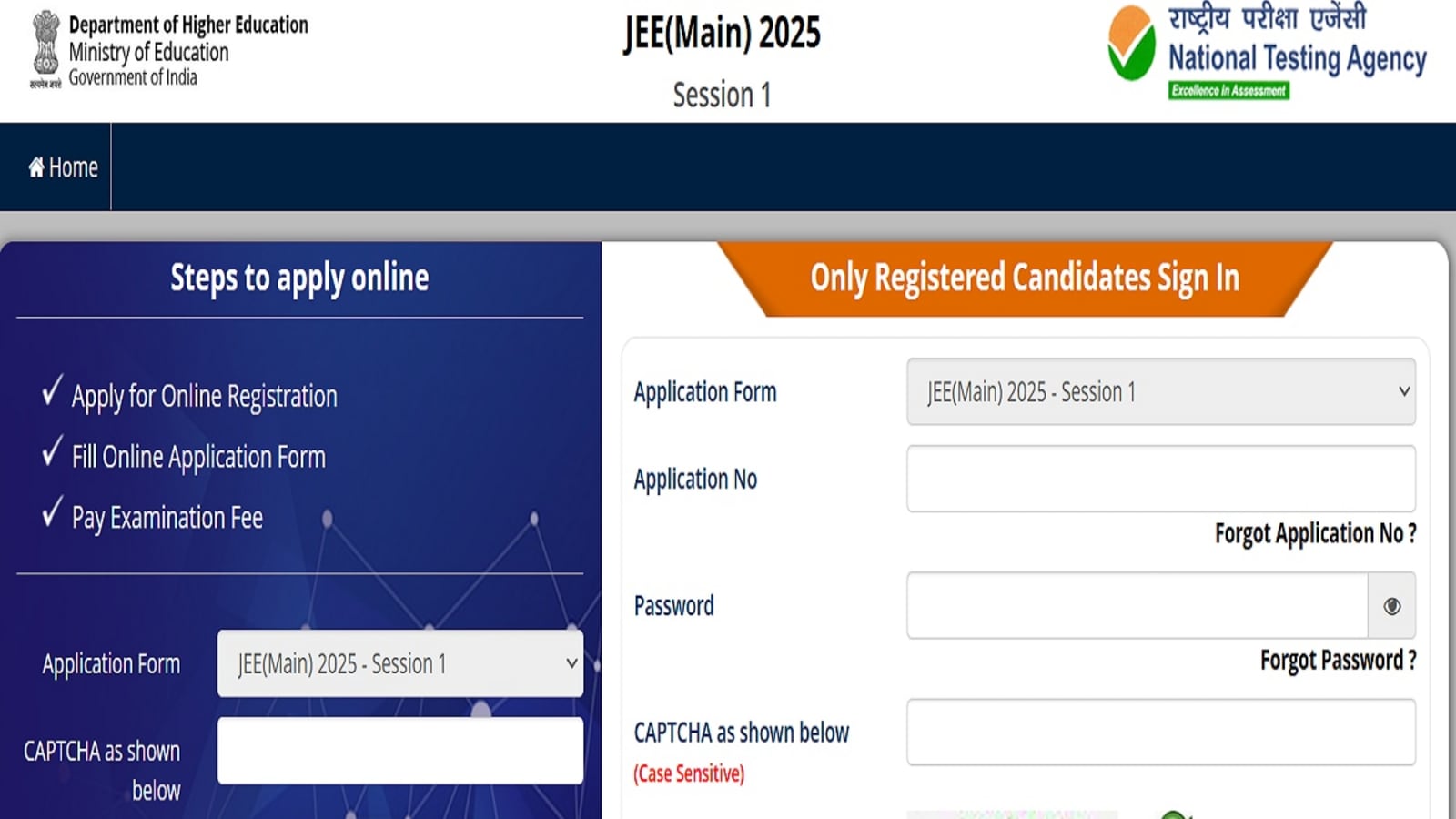
Eleven years ago, four of the six highest paid players at the inaugural edition of the Hockey India League (HIL) were foreigners. Three years later, German midfielder Moritz Furste was sold for an eye-watering sum of $105,000 (Rs 65 lakh) with countrymen Florain Fuchs and Tobias Hauke also fetching $96,000 (Rs 59 lakh) each.
On Sunday, on day 1 of the player auction for the revamped HIL — making its return after a seven-year absence — the team-composition strategy for the franchises seem to have shifted. The highest sums were reserved for the marquee players of India’s recent bronze-medal triumph at the Paris Olympics.
India captain Harmanpreet Singh received the highest bid of Rs 78 lakh from the JSW-owned Soorma Hockey Club, while promising forward Abhishek was acquired by Srachi Rarh Bengal Tigers for Rs 72 lakh and midfielder Hardik Singh went for Rs 70 lakh to the UP Rudras.
Not as if the purse strings tightened totally for foreign players. German defender Gonzalo Peillart, among the best in the world, was snapped up by the Hyderabad Toofans for Rs 68 lakh. But the fact that eight of the 10 highest-paid players were Indians laid bare where the priorities for the franchises lay.
This pivot in strategy is unsurprising considering the timing of the return of the HIL itself. The league was launched in 2013 — as one of many offshoots of cricket’s IPL in Indian sports — at a low point for Indian hockey, after the men’s team had finished dead last at the London Olympics. Currently, though, Hockey India hopes to capitalise on the momentum of the success of the national team, having won medals at back-to-back Olympics, to relaunch the franchise league.
That franchises would, then, hope to snap up top home talent to be the face of their teams, could have been expected.
It was not only the highest earners; each franchise has found room for the recognisable Indian Olympic medallists, sometimes at a bargain. India vice captain Manpreet Singh went to the Visakhapatnam-based Team Gonasika for Rs 42 lakh for a relative bargain.
Sumit joined Hyderabad for the same sum, while Amit Rohidas joined Tamil Nadu Dragons, and Jugraj Singh joined Bengal, for Rs 48 lakh. Delhi, meanwhile, got Raj Kumar Pal, Germanpreet Singh and Sumit.
Recently retired PR Sreejesh, now technical director at Delhi SG Pipers, reflected on the difference between the auction 11 years ago and now. “It’s not like it was then. These are the stars of Indian hockey. Olympic medallists can’t be paid less,” he said. “We have to pay them more, put them in the limelight and make stars out of them.”
Despite quite the bidding war, Sardar Singh, former India captain and mentor of Soorma Hockey Club, was happy to have picked up Harmanpreet. “We wanted both Harman and Hardik, but it was not possible because of the bidding. Now the focus will shift on targeting younger players,” he said. “Earlier, these teams used to prefer foreign players but now everyone wants Indians, which they deserve because of their recent performances.”
Paul van Ass, coach of UP Rudras, spoke highly of Hardik after acquiring the Indian vice-captain: “I rate him as one of the best players in the world, he can do anything. I think Harmanpreet went for a bit more — because of the drag flicker he is and his penalty corners — but I’m very happy.”
“I had the feeling that franchises were prioritising the Indian Olympians. I think what helped (in them getting top billing) is that they were put in the auction first, so all the teams had a clean slate and could go for the players they were targeting,” he added.
With marquee players now in place and the big sums spent, Monday will decide how the teams are finally composed; how each franchise will find the right balance between the big names they have in their ranks and the bit-part players they find in the auction.
The HIL will also feature a women’s edition later this year, the auction for which is set to take place on Tuesday. While the league has said six teams may be in the women’s league, as of Sunday, only four are confirmed to take part.








